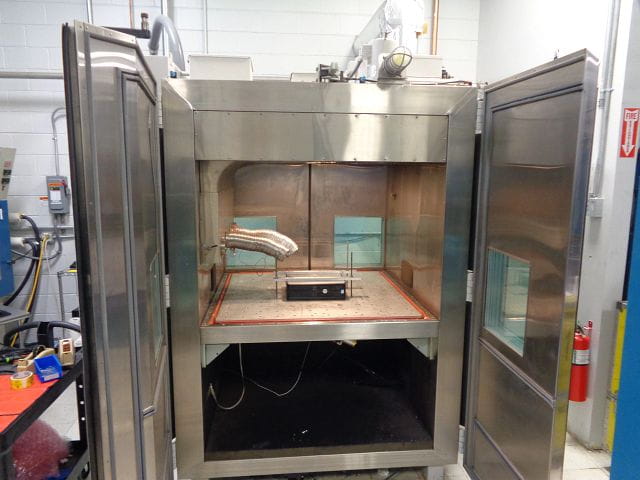

Product reliability is a cornerstone of success for any device manufacturer. One of the most effective methods for assessing and enhancing the reliability of your products is Highly Accelerated Life Testing (HALT). To shed light on this crucial process, we've invited Matt Wood, Director of Testing Services at Tektronix, to share his expertise and provide four essential tips to consider when designing your HALT program. Learn about these testing options on ourtesting service page as well.
1. Define Clear Objectives:
HALT is not a one-size-fits-all approach. Before embarking on your testing journey, it's crucial to establish clear objectives. Are you trying to identify weaknesses, determine operational limits, or validate the robustness of your product? Knowing your goals will help shape the testing parameters and ensure the results are actionable. Matt Wood advises, "Take the time to understand what you want to achieve through HALT. Clarity in objectives will guide you in selecting the right stress levels, profiles, and duration for your testing regimen."
2. Select Appropriate Stress Levels:
HALT involves subjecting your product to extreme environmental conditions, including temperature extremes, rapid thermal cycling, intense vibration, and combined environments. Carefully choose the stress levels that align with your product's real-world usage. Going too harsh may lead to unrealistic results, while being too conservative might not uncover potential weaknesses. Matt emphasizes, "Stress levels should be representative of what your product might encounter in the field. It's about pushing the boundaries without going overboard."
3. Monitor and Analyze Results in Real Time: HALT is a dynamic process, and real-time monitoring and analysis are critical. This approach allows you to observe how your product responds to stress and identify weak points as they emerge. Monitoring can include measurements of temperature, vibration, and performance parameters. According to Matt, "Continuous monitoring helps you make immediate adjustments to the test, potentially saving time and resources in the long run."

4. Iteration and Improvement:
HALT is not a one-time event but rather a cyclical process. After each test iteration, evalsuate the results, identify failure modes, and make design or process improvements. This iterative approach ensures that your product becomes more reliable with each cycle. "HALT should be part of your product development lifecycle," Matt advises. "Learn from each test, make enhancements, and incorporate the insights into your design."
Conclusion:
Highly Accelerated Life Testing (HALT) is a powerful tool for improving product reliability, and following these four tips can help you maximize its effectiveness. Remember to set clear objectives, choose appropriate stress levels, monitor results in real time, and embrace an iterative approach. With these strategies in mind, you can ensure that your products meet and exceed customer expectations in terms of durability and longevity.
To learn more about Tektronix product reliability and performance Testing Services and see how we can help you with your new test project by visiting our testing service page for more.


